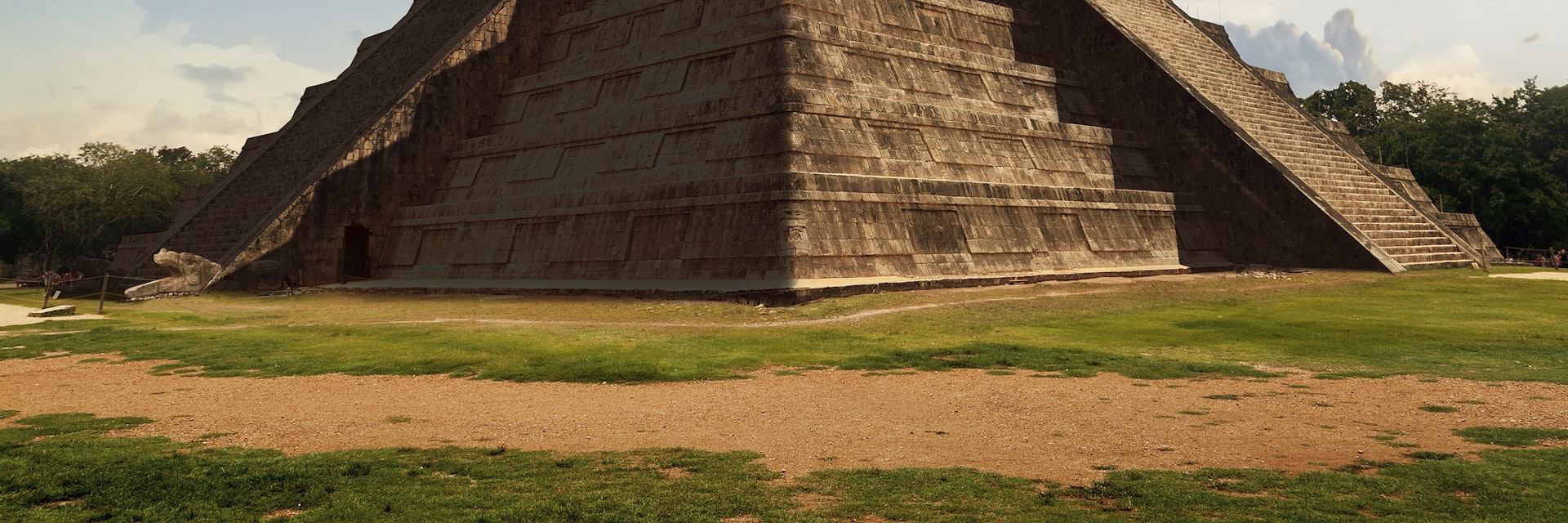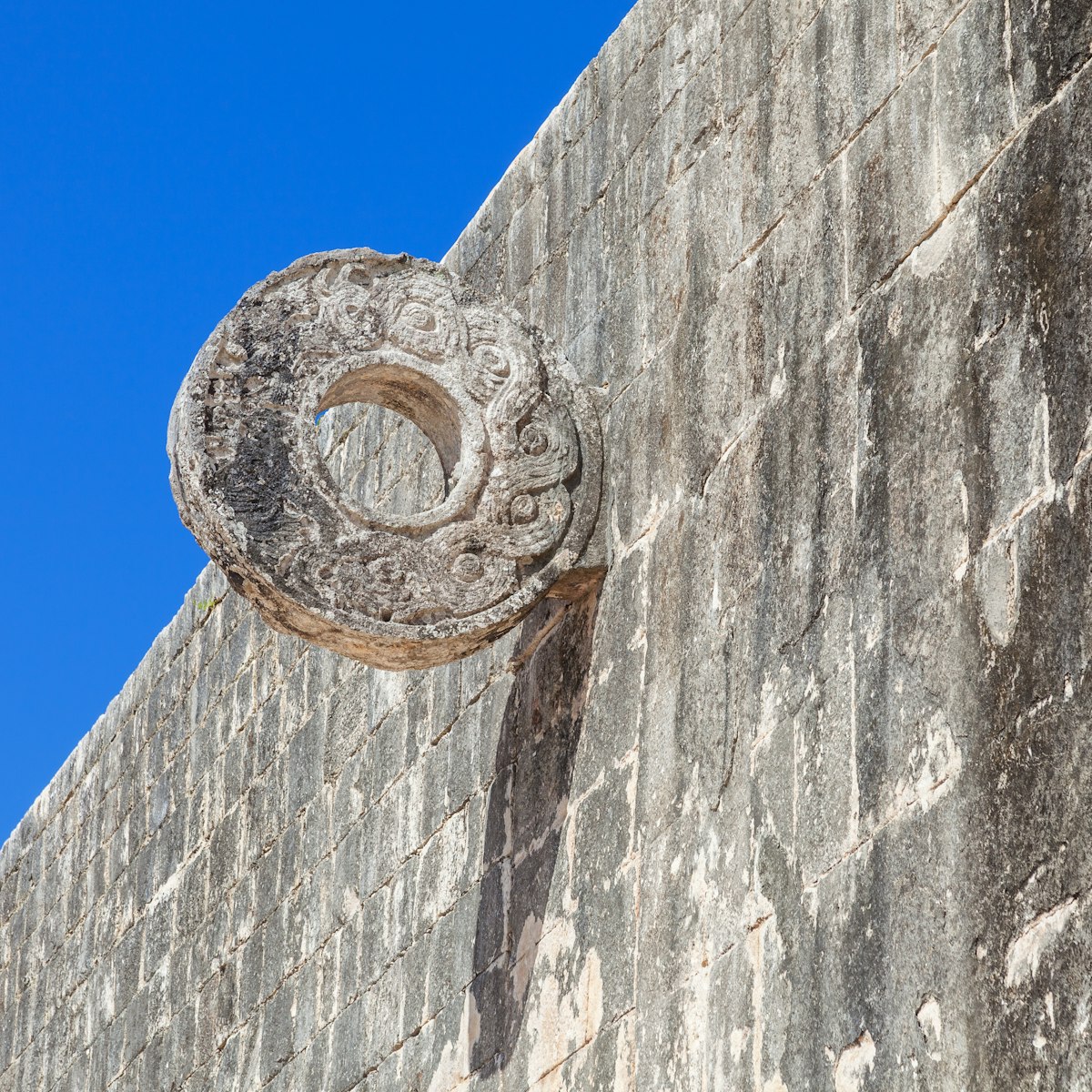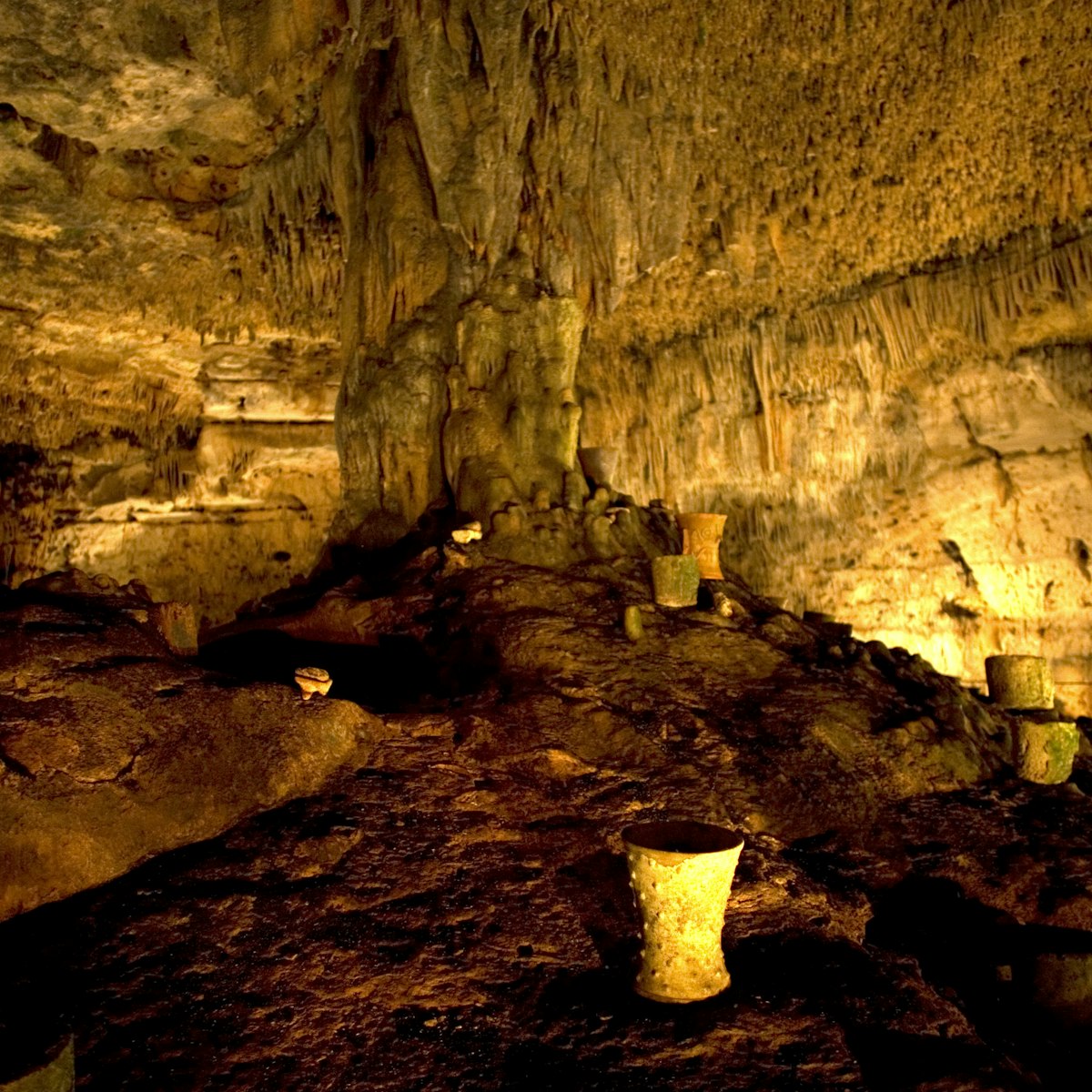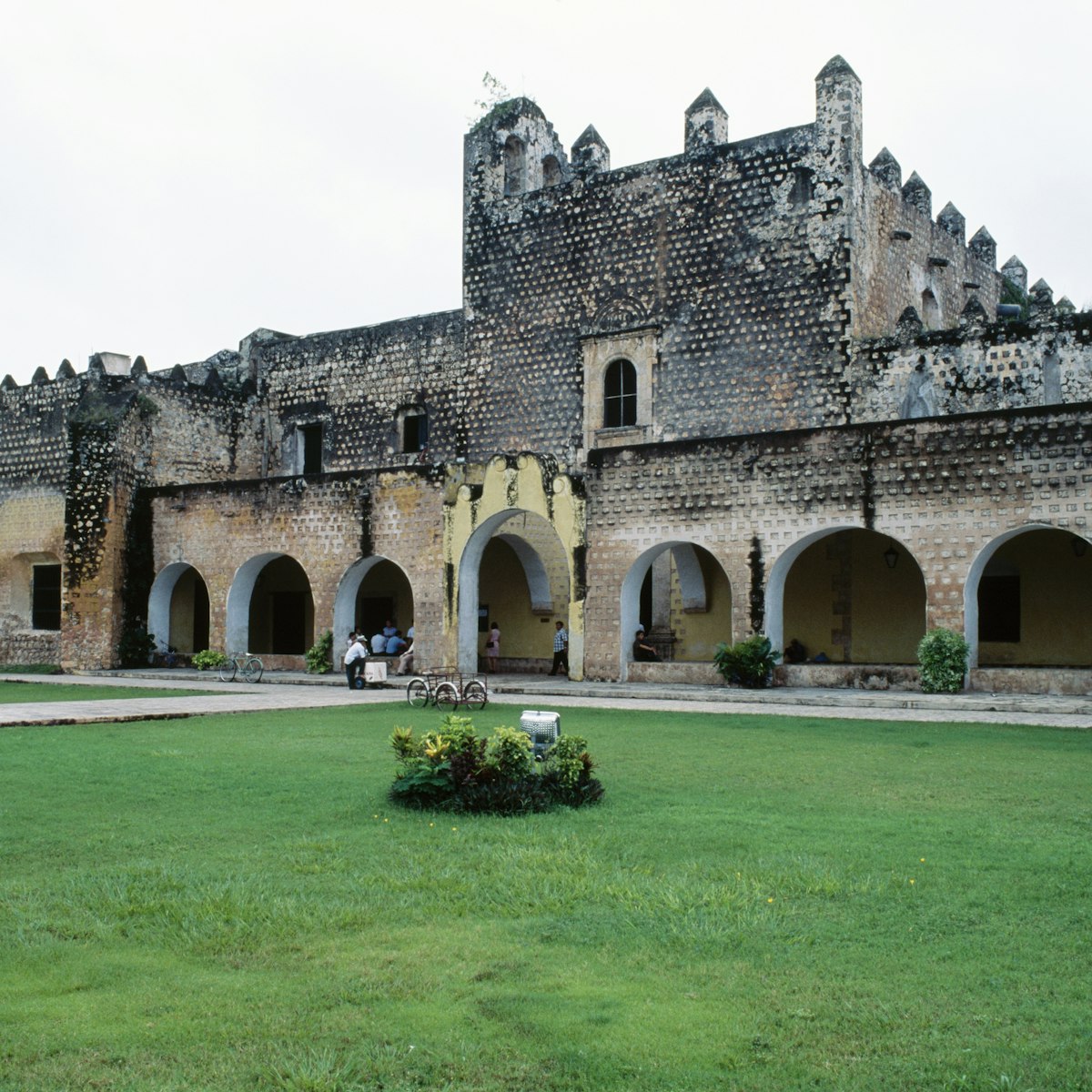Chichén Itzá, meaning 'mouth of the well of the Itzáes' in Mayan, is a stunning ruin well worth visiting for its spectacular, iconic structures and historical importance, despite its huge crowds. Visible even from faraway Ek' Balam, Chichén is the granddaddy of Maya sites in Mexico. To fully take in the details you should hire a guide, but if that's not in your budget, just walking around offers a fascinating insight into one of the greatest cities of pre-Columbian civilization.
At the vernal and autumnal equinoxes (around March 20 and September 22), the morning and afternoon sun produces a light-and-shadow illusion of the serpent ascending or descending the side of El Castillo’s staircase. The site is mobbed on these dates, however, making it difficult to see, and after the spectacle, parts of the site are sometimes closed to the public. The illusion is almost as good in the week preceding and following each equinox (and draws much smaller crowds), and is re-created nightly (except Mondays) in the light-and-sound show year-round. If you’re in the area around the equinox and you have your own car, it’s easy to wake up early for the fiery sunrise of Dzibilchaltún, a site north of Mérida, and then make it to Chichén Itzá by midafternoon, catching both spectacles on the same day.
The heat, humidity and crowds in Chichén Itzá can be fierce; try to explore the site either early in the morning or late in the afternoon, though note that the 5pm closing is a hard exit: all visitors must be through the gates well beforehand, and many areas of the site are out-of-bounds from 4:30pm onward. If you're determined to avoid the crowds and the heat, then consider taking a pricey private tour of the site, which allows you to enter the grounds between 5am and 8am. The tour costs M$1500 per person, including transport and entry to the site, and can be arranged through Kukulkan Rising Tours.
A 45-minute sound & light show begins each evening at 8pm in summer and 7pm in winter. You must preorder your tickets online at www.nochesdekukulkan.com.





